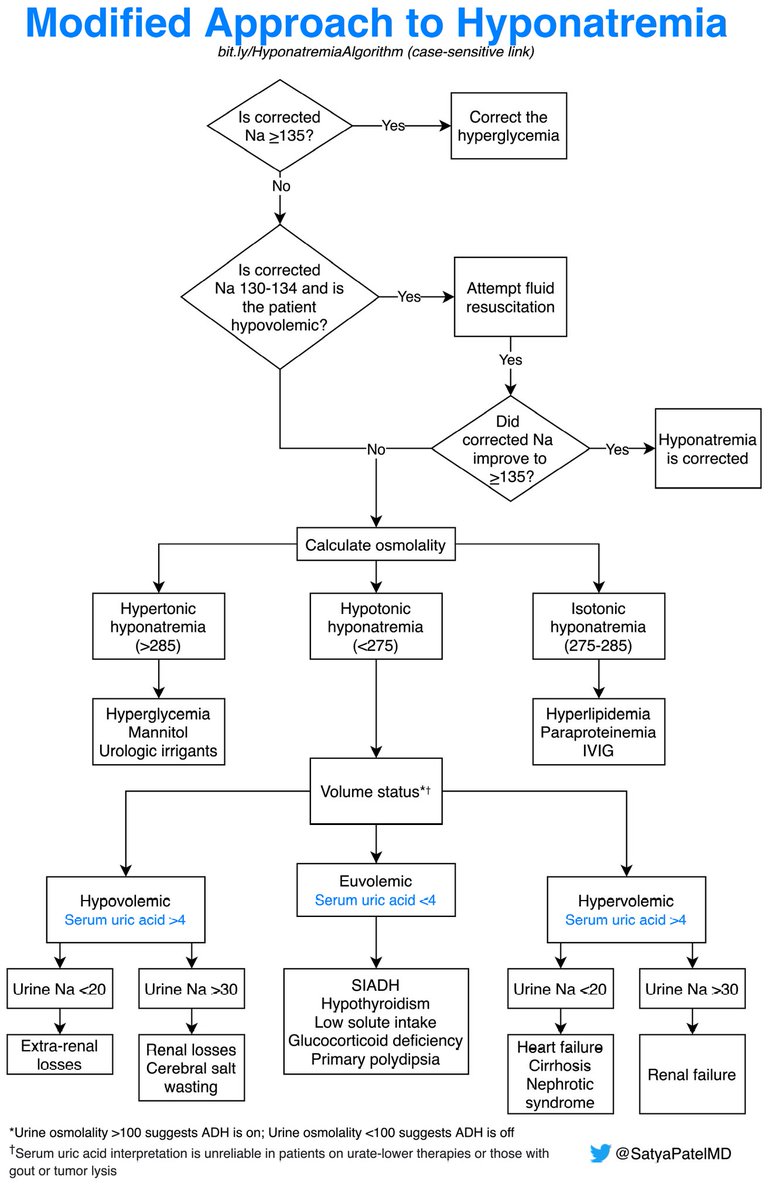
1/8 Medical education has evolved tremendously, and I am a HUGE fan of having a peripheral brain. An common question trainees ask me is “how do you cultivate references?” A 🧵 on my methodology for organizing information #MedTwitter #MedEd
2/8 Before we start, it is important to categorize the purpose of the info you are gathering:
1⃣ To teach others
2⃣To teach myself
I don’t organize my references this way, but I start here to remind myself that everyone learns best with different modalities!
1⃣ To teach others
2⃣To teach myself
I don’t organize my references this way, but I start here to remind myself that everyone learns best with different modalities!

3/8 Now that we’ve acknowledged that, you must create a list of modalities that you can consistently categorize information into. Here is my organizational system. 

4/8 Once I did that, I created a Google Spreadsheet (bit.ly/mededreferences) to keep track of materials. If your work desktop has firewalls, make sure to host this cloud-based list in a way that is easy to access. I like to add an additional column called “Specialty.”
5/8 Keeping this list updated is REALLY tough - there are so many fantastic podcasts (@COREIMpodcast @CPSolvers @runthelistpod @thecurbsiders @febrilepodcast @InternAtWork) but I will routinely go back and update topics on a regular basis.
6/8 Twitter has a wealth of info, and I love bookmarking things. I used to bookmark things, but never ever looked at them. I have had a lot more success with bookmarking them and then incorporating that information into my spreadsheet. I then clear the bookmarks!
7/8 Once I learn the preferred modalities of my learners, I can provide them with a variety of resources. Of course there are many things that I have no reference for, which is an ideal time for me to model a #growthmindset. This is when we look things up together!
8/8 When looking up things with learners, I like to start with @grepmeded, as the visuals that are aggregated are quite digestible! Would love to hear how others organize their information.
• • •
Missing some Tweet in this thread? You can try to
force a refresh











